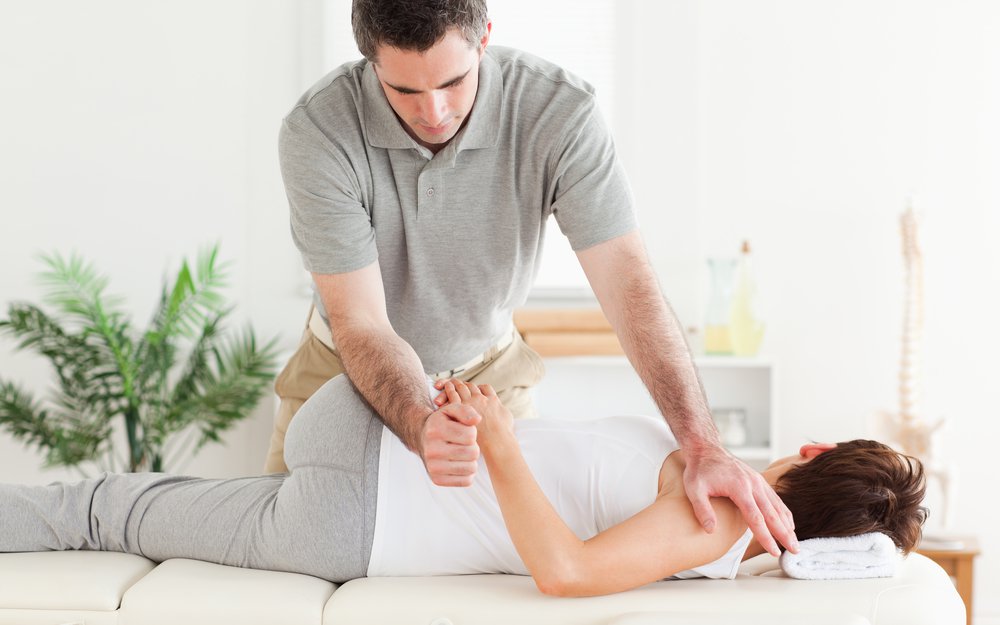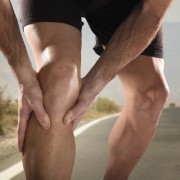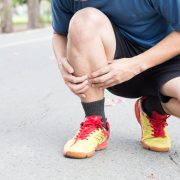Running Injuries Treated in Mission Valley, San Diego
Your training plan was going well and then out of nowhere, pain and discomfort pops up. At first you think, “Well it’s pretty minor, probably just a little sore from the weekend workouts.” So running continues as normal. Each run becomes more and more painful until the injury now hurts before, during, and after runs. This is when patients begin to search for a running doctor in San Diego to help recover from the injury. Our doctors of chiropractic are certified to treat sports and running injuries at our Mission Valley clinic.
What to expect for your running injury evaluation
Our running doctor will go through a thorough history of the injury first and then perform an exam which includes: range of motion, orthopedic, neurologic, functional movement and strength/endurance testing. If special tests are needed (x-ray, MRI), they will be ordered to help with a proper diagnosis.
Running injuries we treat
Runners seek treatment from a running doctor to specifically treat their injury. We treat the following conditions at our Mission Valley running injury clinic:
- Runners knee
- Quadriceps tendinitis
- Hip bursitis
- IT band syndrome
- Hip impingement
- Chondromalacia
- Shin splints
- Plantar fasciitis
- Heel pain
- Metatarsalgia
- Morton’s Neuroma
- Hallux limitus/rigidus
- Posterior tibialis tendinopathy
- Peroneal tendinopathy
- Low back pain
- Sciatica
- Hamstring tendinopathy
- Muscle strains

Treatment
Majority of running injuries are a result of overuse, with not enough rest which results in eventual injury (muscle strain, tendinitis, periostitis). Specific interventions to the affected area will help speed up the recovery process. These treatments may include:
- Active Release Technique
- Graston Technique
- Strength training
- Flexibility/mobility drills
- Running drills
- Running gait analysis
- Chiropractic adjustments
- Run training modification; check out our blog posts on running form here: Increase your Cadence!, Improve Running Posture, Do you Run with a Cross-Over Gait?.
Seeking the help from a running doctor specifically, will help get you back to running pain free faster. Schedule with one of our sports chiropractors today at our clinic in Mission Valley San Diego!





